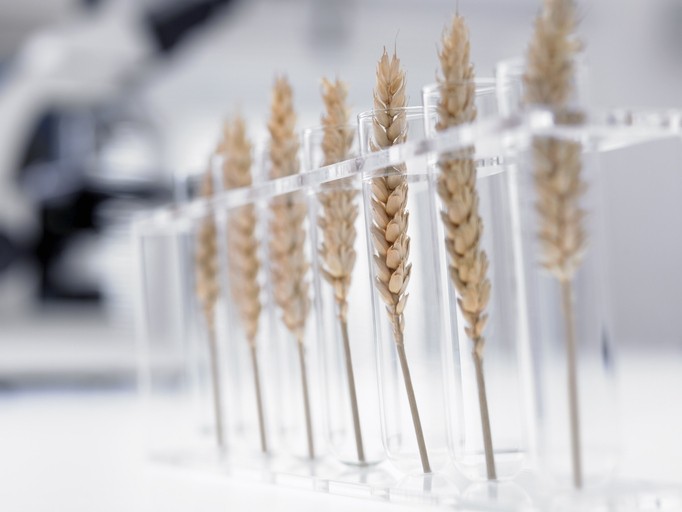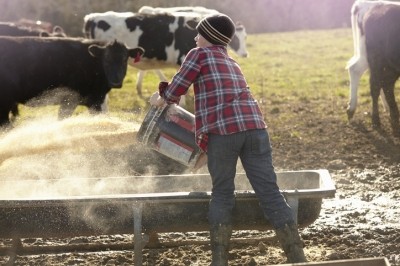An e-nose could be a powerful tool in the feed chain for quality control and mycotoxin monitoring

Mycotoxin contamination in feed and food is unavoidable and unpredictable. Therefore, monitoring and control are the critical points, he noted.
"A lot of trials are underway at the lab scale, testing the efficacy of the e-nose system in terms of mycotoxin recognition capabilities,” Dr Ottoboni told FeedNavigator.
Essentially, an e-nose consists of an array of nonspecific chemical detectors that detect different volatile organic compounds (VOCs) and provide a signal that can be used as a fingerprint of the specific volatile compounds in a sample.
E-noses have been used by the food industry for process monitoring, shelf-life and freshness evaluation, and authenticity assessment. They can have other possible applications in the cosmetics and pharmaceutical sectors, in medical diagnostics, and in environmental control such as air quality measuring.
E-nose techniques for the detection of fungal infection are based on identifying specific VOCs associated with the growth of fungi on cereal grains.
Preliminary tests using e-noses in terms of detecting mycotoxins in deliberately spiked cereals proved encouraging, with the device able to easily discriminate the contaminated materials from the clean samples, prompting researchers to engage in further studies, said Dr Ottoboni.
And given that they are portable devices, and that they would be rapid and cost-effective diagnostic tools, e-noses could potentially be used at the feed mill in terms of the acceptance or rejection of lots of cereal, ensuring safety standards.
Barriers to adoption
But while they offer potential, before e-nose laboratory-based assays can move from research into the feed industry and become a reality, several challenges must be overcome to improve their performance, stressed Dr Ottoboni.
First and foremost, e-noses need a lot of training, a rich dataset, to be useful, explained the researcher.
And while e-noses have a high discrimination accuracy between non-contaminated and single-mycotoxin-contaminated grain, the predictive accuracy of the tool, to date, is still limited and unsuitable for in-field application, where mycotoxin co-contamination occurs.
Thurs, further research needs to be focused on the sensor materials, data analysis, and pattern recognition systems, while ensuring e-nose technology addresses the needs of the feed sector in order to promote its eventual adoption within that industry.














